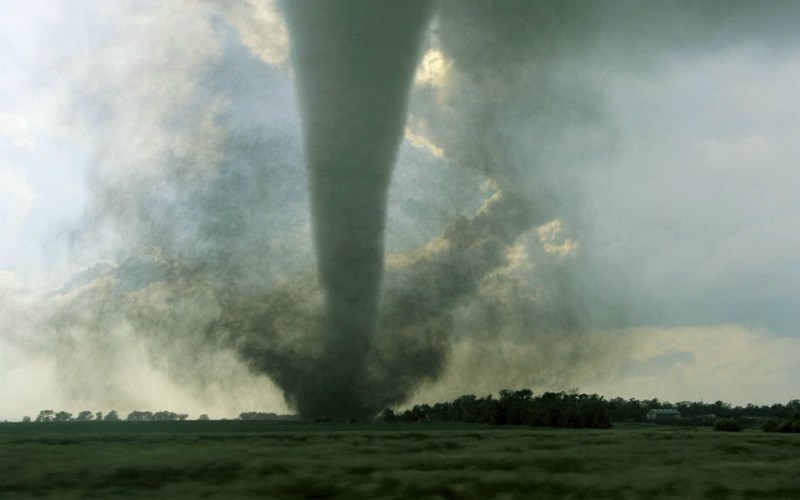The April 3-4 tornado outbreak that year affected 13 states across the eastern U.S., from the Great Lakes region all the way to the Deep South, according to the National Weather Service (NWS). In all, 148 tornadoes were documented, and 335 people were killed.
Experts in meteorology believe this event was a catalyst for positive changes in the NWS, which bears the responsibility of weather watches and warnings, among other things.
In his recent appearance on the WeatherBrains podcast, NWS Director Ken Graham explained that the NOAA weather radio was originally designed for marine interests, but it became more widely used after the super outbreak.

He said the initial conversations about the need to better detect tornadoes on radar kicked off modernization and led to the development of the Doppler radar (the WSR-88D) and being able to see winds headed toward and away from the radar. And the weather service was not the only entity that benefited.
"It reshaped emergency management and how we use the emergency broadcast system to be able to get information out, back then on your television and eventually leading to the things we have today on our phones," Graham relayed.
Before that, a lot of emergency management was civil defense.







